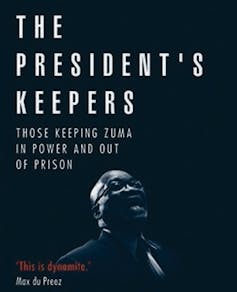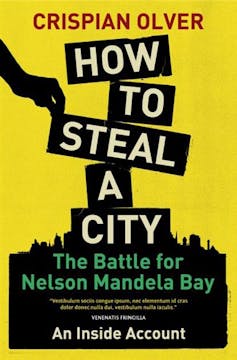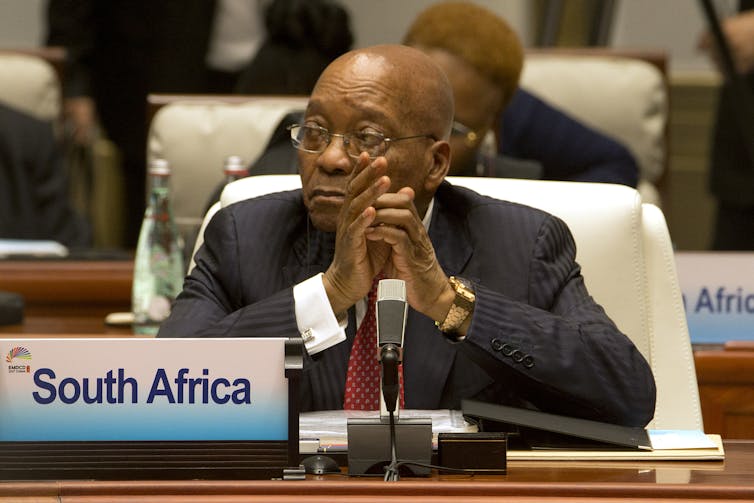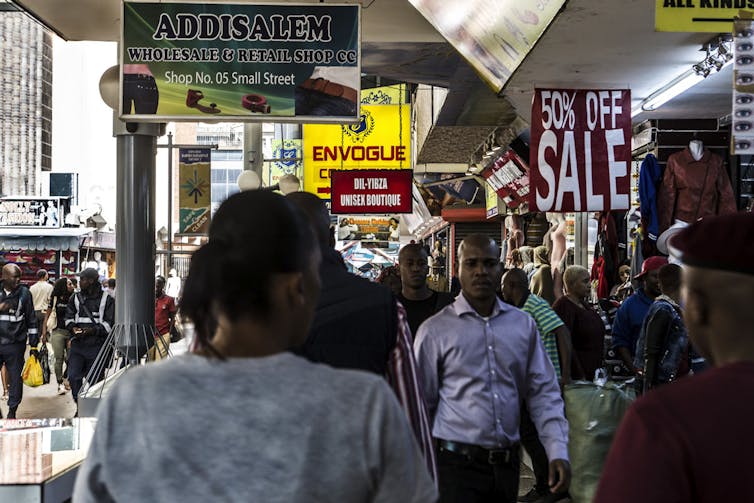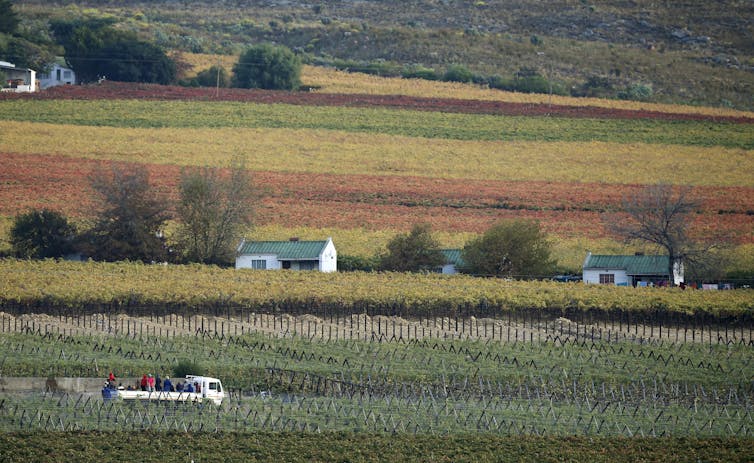
Land ownership patterns in South Africa have not really changed since the advent of democracy.
Reuters/Mike Hutchings
Land is a highly charged and politicised issue all over the world. South Africa, with its history of extreme dispossession through colonialism and apartheid, is no exception.
The democratic government has tried to redistribute land to address this legacy of dispossession. But, according to government, only around 10% of commercial farmland has been redistributed or restored to black South Africans in the 23 years since formal apartheid ended. Many are angry at the failure of land reform and there are increasing calls for land to be returned to black South Africans.
But there is very little clarity as to who owns what land in the country. This is why a recent report released by Agri-SA, an organisation that represents the majority of South Africa’s white commercial farmers, has proved so controversial.
The report looks at the changing patterns of land ownership. The key question it purports to answer is the degree to which racially unequal patterns of land ownership have been altered through a combination of land reform and private land purchases by black South Africans.
Agri-SA argues that the initial government target of transferring 30% of agricultural land via land reform has almost been met. On the back of this it argues that the market is much more effective than the state as a vehicle for change.
But these claims are not borne out by Agri-SA’s own data. Even though the data in the report appears to have been rigorously collected and analysed, its interpretation by Agri-SA is flawed. We believe that many of the report’s core arguments are inaccurate and misleading.
It’s also clear that, contrary to the AgriSA report, we are nowhere near to hitting targets set by the government in 1994. Black South Africans remain in the minority among landowners.
Transformation simply has not happened.
A fallacious argument
The first major flaw in the report is that it adds two numbers together – the amount of land held by black people, and the amount of land held by the government. It does this for all land, but also for agricultural land, estimated at 93.5 million hectares, or 76% of the total of 122.5 million hectares. It argues that a total of around 25 million hectares – or 26.7% of South Africa’s agricultural land – is now owned by previously disadvantaged individuals and government.
If the rand value of the 25 million hectares is considered, it asserts that this amounts to 29.1% of the total. If the agricultural potential of this land is considered, then the share owned by black people and government is 46.5% of the total value of agricultural land.
Agri-SA’s argument, then, is that land reform targets are close to being met. This is fallacious because it doesn’t report on government and black ownership separately. And there’s no basis for arguing that government land is black-owned. State land is held on behalf of all citizens, including white farmers.
Secondly, rural land in the former Bantustan lands – those areas held in trust by government for black residents during apartheid – is still held in trust for communal area residents. Their occupation of around 13% of South Africa’s total land area is the result of centuries of dispossession. It cannot be counted, and has never been counted, as a contribution to achieving an initial land reform target of 30% of white commercial farmland.
On top of this, Agri-SA argues that only 2.2 million hectares of farmland has been purchased by government for transformation purposes, compared to 4.3 million hectares bought by black people on the open market. The latter conflates private purchase of land by black farmers with government payment for land which is then transferred to black people through land reform. These figures don’t stand up to scrutiny. In truth, we don’t know how much agricultural land has been privately purchased by black people, using their own funds or loans, since 1994.
The report’s data on transactions doesn’t lend support to the argument that the market is more effective that the state in changing the pattern of land ownership. According to AgriSA’s data, government and black South Africans together accounted for only 12.9% of the 69 million hectares purchased between 1994 and 2016. If anything, this data shows that market transactions by themselves cannot result in the kind of changes required by land reform – particularly if it is to target the poor, who cannot afford to buy land.
Overall, vast disparities in the distribution of land in relation to race and class mean that land reform still has a long way to go. The collection of proper data as a basis for monitoring, evaluation and planning is crucial, but is inadequate at present.
Data are lacking
Government data on land and agriculture is problematic. Statistics SA collects few reliable data on either large or small-scale agriculture, and none on land reform. Data on land reform released by the department of rural development and land reform are also thin, often inconsistent and hide as much as they reveal. For example, no figures on the average size of farms transferred or the cost per hectare have been released.
We now have contradictory reports on how much land has been transferred through land reform. The department says that land restitution has transferred 3.4 million hectares to claimants to date, and land redistribution has transferred 4.7 million hectares . That yields a total of 8.1 million hectares. But the Agri-SA report provides a total of only 6.5 million hectares of agricultural land acquired through both government and private acquisitions. Which is correct? We don’t know.
Ben Cousins, Professor, Poverty, Land and Agrarian Studies, University of the Western Cape and Ruth Hall, Professor, Institute for Poverty, Land and Agrarian Studies, University of the Western Cape
This article was originally published on The Conversation.

